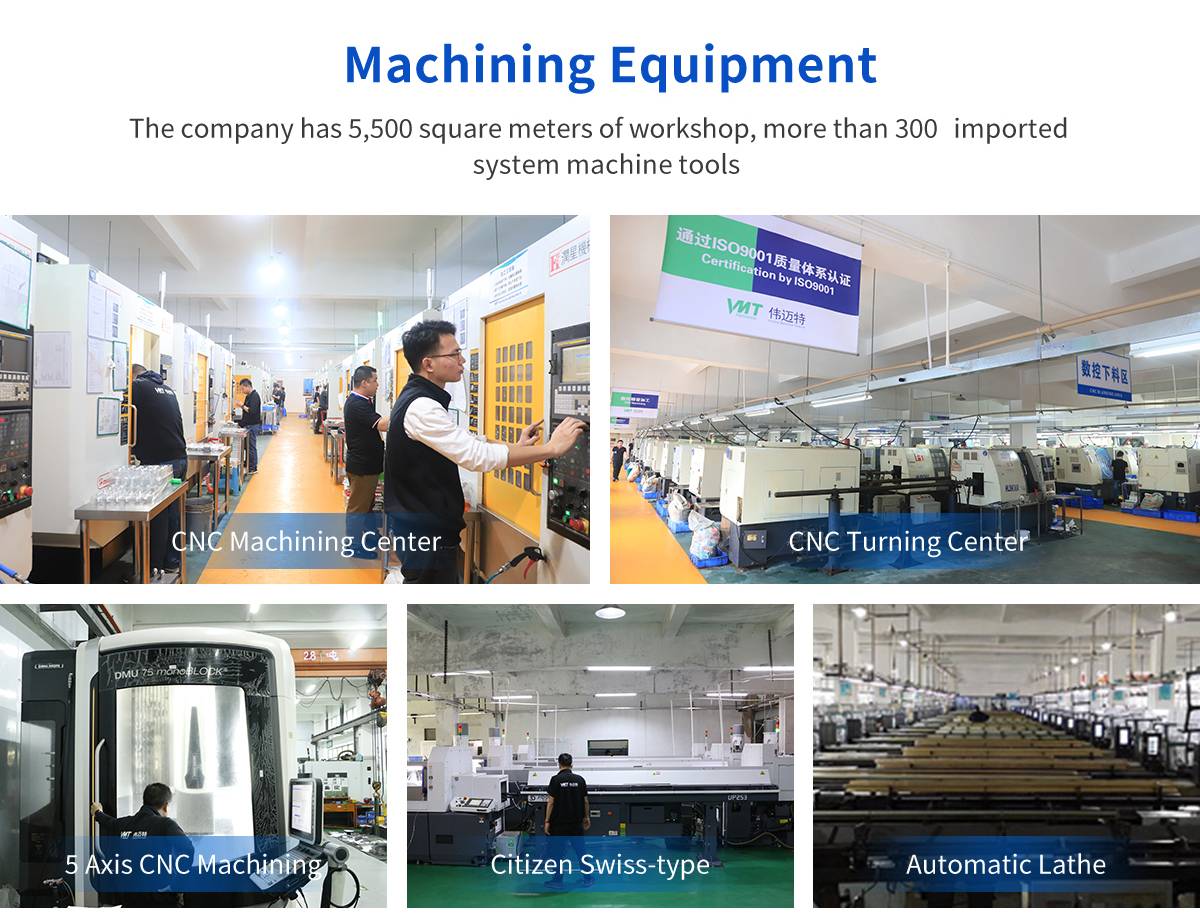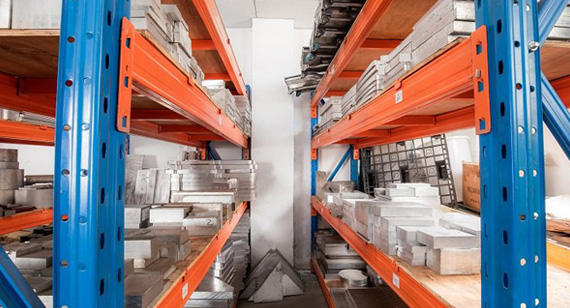15 years one-stop China custom CNC machining parts factory

Hey there I’m VMT Sam!
With 25 years of CNC machining experience we are committed to helping clients overcome 10000 complex part-processing challenges all to contribute to a better life through intelligent manufacturing. Contact us now
 234 |
Published by VMT at Apr 02 2024
234 |
Published by VMT at Apr 02 2024
With the rapid advancement of modern industrial technology, the application of precision CNC machining parts in sectors such as machinery, electronics, aerospace, etc., is becoming increasingly widespread. As CNC machining factories serve as vital bases for part manufacturing, the accounting of costs directly affects the economic benefits and market competitiveness of enterprises. Therefore, for procurement personnel, it is crucial to grasp the cost accounting methods of various processes involved in precision CNC machining of parts. This article will delve into the cost composition and accounting methods of precision CNC machining parts in the CNC machining process from multiple perspectives.

Introduction:
Precision CNC machining parts refer to components processed with high precision using CNC machine tools. CNC machine tools, with their characteristics of high efficiency, precision, and automation, have become indispensable equipment in modern manufacturing industries. Precision CNC machining parts have advantages such as high dimensional accuracy, good surface quality, and strong interchangeability, and are widely used in the manufacturing of various complex parts.
Analysis of CNC Machining Factory Cost Composition
The cost composition of CNC machining factories mainly includes equipment depreciation, labor costs, material costs, energy consumption, and indirect expenses. Equipment depreciation and labor costs are fixed costs, while material costs and energy consumption are variable costs. Indirect expenses include expenditures related to factory management, equipment maintenance, quality inspection, etc.

Cost Accounting of Various Processes in CNC Machining
CNC Programming and Process Planning:
The cost of CNC programming includes the wages of programmers and the cost of programming software.
Process planning involves determining the processing sequence, tool selection, cutting parameter determination, etc., which requires experienced process engineers. Hence, the cost of process planning is relatively high.
Selection and Use of Machining Equipment:
CNC machining equipment is the core equipment for part processing, and its selection and use directly affect the processing quality and cost.
Different models and specifications of CNC machine tools have differences in price, performance, and accuracy, so appropriate equipment should be selected based on the processing requirements of parts.
Maintenance and upkeep of equipment are also significant cost expenditures.

Material Costs:
Material costs are a significant component of part processing costs, including procurement expenses for raw materials, cutting tools, fixtures, etc.
Procurement personnel need to select suitable suppliers and procurement strategies based on the material requirements of parts and market conditions to control material costs.

Energy Consumption and Auxiliary Materials:
CNC machining consumes a significant amount of electricity and auxiliary materials such as cutting fluids.
Optimizing processing parameters and improving cutting processes can effectively reduce energy consumption and the usage of auxiliary materials.
Labor Costs:
Labor costs include wages, benefits, and training expenses for operators.
The technical level and proficiency of operators have a significant impact on processing quality and efficiency, so reasonable investment in labor costs is necessary to enhance the skill level and work efficiency of operators.
Cost Accounting Methods and Optimization Strategies
Cost Accounting Methods:
Job Costing Method and Standard Costing Method are commonly used for cost accounting in CNC machining. The Job Costing Method allocates costs according to operations performed, providing a more accurate reflection of the costs of each process. In contrast, the Standard Costing Method controls and evaluates actual costs by setting standard costs.
Optimization Strategies:
To reduce the cost of CNC machining parts, enterprises can optimize processes by:
Increasing equipment utilization and processing efficiency to minimize idle time and processing cycles.
Optimizing process planning to reduce unnecessary operations and waste.
Enhancing material management to reduce material loss and waste.
Improving the skill level of operators to reduce labor costs.
Strengthening cost control and assessment to ensure cost control within a reasonable range.
Conclusion and Outlook
Cost accounting for various processes in precision CNC machining parts is a complex and critical task. By mastering cost accounting methods, optimizing processing flows, and improving equipment utilization and operator skill levels, enterprises can effectively reduce part processing costs, enhance economic benefits, and market competitiveness. In the future, with the continuous development of intelligent manufacturing technology, CNC machining factories will achieve more efficient, precise, and automated production modes, injecting new vitality into the development of precision CNC machining parts manufacturing.
In conclusion, for procurement personnel, when initially calculating the costs of precision CNC machining parts, considering cost factors comprehensively and formulating reasonable cost accounting methods and optimization strategies based on actual conditions are essential. Only in this way can enterprises maintain a leading position in the fierce market competition and achieve sustainable development.
Ready To Start Your Next Project?
Get Instant Quote

Request a Free Quote
Send us a message if you have any questions or request a quote. We will get back to you ASAP!